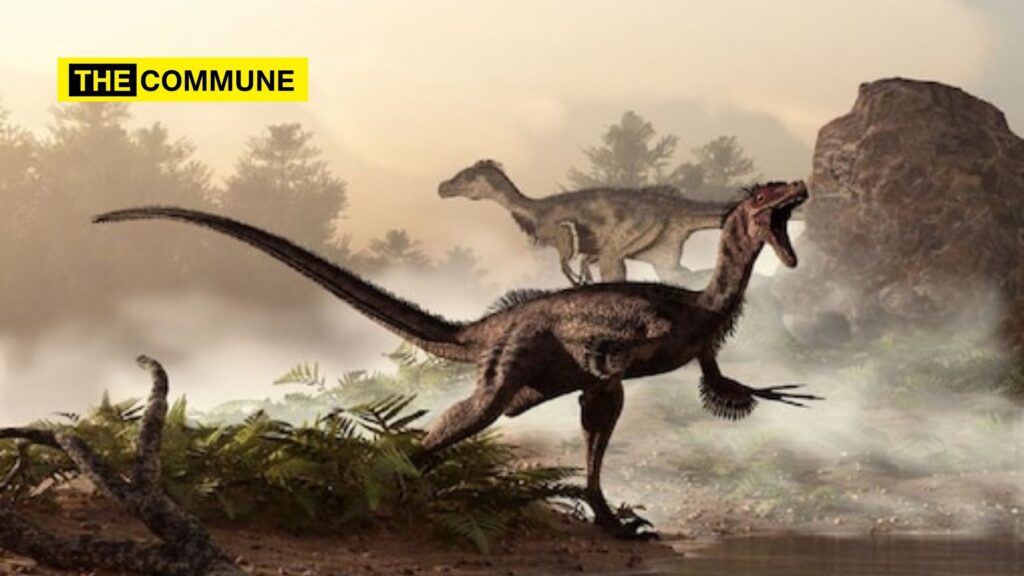Two fossils dating back about 99 million years have been found in Myanmar. Scientists have predicted that it could be a new species of “lizard-like dinosaur” that has not been found before.
These fossils have been named Ocludentavis naga (O. naga), after the people of Nagaland as they are a new species. These belong to the genus Oculutentavis goungre, i.e., a species previously thought to be the smallest bird or dinosaur.
In these two new models, scientists have discovered distinct physical features like the teeth attached to the jawbones and the soft tissues preserved in the amber, which was unlike other fossils.
After examining the data, these palaeontologists discovered that it contained mysterious animal-like scales. The teeth were directly attached to the jaw bone. Usually, the teeth of dinosaurs are attached to a socket, not to the jaw bone. This revealed that these fossils did not fully reflect the dinosaur species. The researchers also found that its eye structure and lizard-like shoulder bones and hockey stick-shaped skull were similar to those of reptiles with teeth attached to the jawbone.
Following this, they identified that this may be a new type of lizard species. In a statement, Arnold Pollat, and Michael Crusafont, who are leading researchers at the Spanish Institute of Cadillac de Palaeontology, said, “This fossil initially confused all researchers because it did not resemble the existing species of lizards.
“We concluded that the two specimens found belonged to Ocludentavis, but that many of the differences in them resemble a different species,” Pollat added. This latest research was published in the journal Current Biology on June 14th.
The team of scientists also found that the two samples began to decompose when taken safely. Reading about this fossil collection purchased by the gemologist Adolf Beretti in Myanmar revealed that this model was first noticed by ancient researchers. The Florida Museum of Natural History reported that the fossil was sold following ethical guidelines set by the Society for Vertebrate Palaeontology, as amber mining and sales in Myanmar have been linked to human rights abuses in the country.
Click here to subscribe to The Commune on Telegram and get the best stories of the day delivered to you personally.

